At the beginning of Pokemon GO’s long and storied existence, there were only four Pokemon that were “regional,” meaning they could only be caught in certain parts of the world: Farfetch’d, Mr. Mime, Tauros, and Kangaskhan. Since then, the list of regional Pokemon has grown significantly, with dozens of ‘mons now exclusive to certain places on the planet. Some Pokemon are locked to tiny, specific areas, while others will spawn anywhere in an entire hemisphere. It can be confusing to keep track of which Pokemon are where and complete the in-game Pokedex.
Luckily, it’s not too hard to find trading partners that have visited or lived in other parts of the world and caught the area’s regional Pokemon. It’s also worth noting which Pokemon are in an area that you plan to travel to, so you can catch one while you’re there. From the north pole to the southern tips of the continents, here are all the Pokemon that are exclusive to certain regions.
Hemisphere-Specific Pokemon
There is a handful of Pokemon that are exclusive to one entire half of the planet. Most of them follow an east-west split, while some Pokemon are exclusive to only the Northern or Southern hemispheres.
West – East
Split by the Prime Meridian and the 180th meridian, the two hemispheres of the earth are home to Pokemon that match in some way. Shellos and Basculin come in two forms, but the only difference is their appearance, while Tauros has three Paldean forms with different types (expanded on in the next section). Heatmor and Durant are considered rivals in the series canon, so it’s no surprise they like to stay pretty far from one another.
|
Western Hemisphere |
Eastern Hemisphere |
|||
|---|---|---|---|---|
|
West Sea Shellos |
|
East Sea Shellos |
|
|
|
Heatmor |
|
Durant |
|
|
|
Blue-striped Basculin |
|
Red-striped Basculin |
|
|
|
Blacephalon |
|
Stakataka |
|
|
Tauros
Tauros, having a Paldean form with its own three forms, is a bit complicated. The two varied breeds of Paldean Tauros — Aqua Breed and Blaze Breed — are pretty straightforward: the former is a Water/Fighting-type that spawns in the Western Hemisphere, while the latter is a Fire/Fighting-type that spawns in the Eastern Hemisphere.
The standard variant of Paldean Tauros — Combat Breed — is a Fighting-type that spawns on the Iberian Peninsula (basically Spain and Portugal). Meanwhile, Kantonian Tauros is a Normal-type that spawns in the central section of North America.
Kantonian Tauros spawns in the continental United States for the most part, though its spawn border is far from perfectly locked to the American border. Much of southern Canada can find Tauros, including some of the most populous cities like Toronto and Vancouver. However, it doesn’t spawn in all of Canada, as the northern border of its spawn area seems to end around 51°N. Calgary will receive Tauros, but Edmonton will not.
On the southern end of its spawn region, Kantonian Tauros seems to have a cutoff that crosses the Mexican-American border imperfectly. It has been spotted in parts of northern Mexico, but it’s pretty common knowledge that the most southern portions of Florida and Texas don’t get Tauros spawns. It seems the line runs between Orlando and Daytona Beach in Florida; just south of San Antonio and Houston in Texas; and roughly through Baja California, Sonora, Chihuaha, and Coahuila in Mexico.
It seems that the overlapping Tauros borders can result in overlapping spawns. For example, players in the United States can catch both Kantonian Tauros and Aqua Breed Paldean Tauros. Players on the Iberian Peninsula can also catch two forms of Paldean Tauros.
Celesteela and Kartana
Celesteela and Kartana are Ultra Beasts originally discovered in the Alola region. These two are both regional to a particular hemisphere, specifically in Raids. Kartana can be found in Raids in the Northern Hemisphere, while Celesteela is only found in Raids in the Southern Hemisphere.
Chatot
The Southern Hemisphere is home to a regional Pokemon — Chatot. This Gen IV Pokemon should spawn anywhere south of the equator. Pachirisu could be considered its counterpart, spawning only in the Northern Hemisphere, but it doesn’t spawn just anywhere north of the equator. It spawns only in Arctic regions (more on that later).
Continental Splits
Some regional Pokemon are locked to “halves” of the world, though the split is not between the hemispheres. Rather, these Pokemon spawn generally on some continents or others. However, the lines that split their spawns can bisect a continent and often even specific countries.
These areas are rough estimations based on reports from players around the world. As such, specific player mileage may vary.
Part 1 – North America + South America + Africa | Europe + Asia + Australia
One such continental split places some regional Pokemon in the Americas and Africa and the others in Europe, Asia, and Australia. However, the line splitting the two halves runs through some of the areas. The line bisects Greenland and doesn’t quite miss Africa entirely, just slicing off the top of its most northern countries, as well as cutting through the Middle East.
However, these areas are generally inclusive of full continents. Players near the line may be lucky enough to be able to find Pokemon from both sides without having to travel too far.
These Pokemon will often swap places for long periods of time (notably, Solrock and Lunatone), or spawn in both regions for special events.
|
North America, South America, and Africa |
Europe, Asia, and Australia |
|||
|---|---|---|---|---|
|
Illumise |
|
Volbeat |
|
|
|
Seviper |
|
Zangoose |
|
|
|
Lunatone |
|
Solrock |
|
|
|
Throh |
|
Sawk |
|
|
Part 2a – Asia-Pacific | North America + South America + Greenland | Europe + India + Africa + Middle East
Another split that could generally be considered between continents bisects the world into three parts. Again, like the aforementioned continental split, this one isn’t perfectly drawn around the perimeter of full continents. Rather, it separates the Americas from the other continents but includes some islands in the northern oceans.
In regards to places in the North Atlantic and Arctic oceans, like Iceland and Svalbard, reports vary. Some say that Iceland, specifically, is grouped in with the Americas, though some believe it’s part of the European spawn region. Experiences for players in these areas may differ from what this rough estimation shows.
Meanwhile, the line splitting Asia-Pacific from Europe and Africa isn’t exactly perfect, either. The portion that includes Europe and Africa also includes most of the Middle East, almost half of Russia, and a good portion of South, Central, and West Asia.
The Lake Guardians (Uxie, Azelf, and Mesprit) can typically be found in limited-time raids, but they are capable of spawning in the wild. This is just a very, very rare occurrence. During the periods when they’re in raids, it can be a good idea to look on social media to find a new Pokemon GO friend that can invite you to their regional Lake Guardian raids.
The elemental monkeys (Panpour, Pansage, and Pansear) each evolve once, meaning that each of them actually translates to two regionals (Panpour and its evolution,
Simipour, and so on).
Additionally, Niantic has added Flabebe as a regional spawn, but only for its forms. This Fairy-type comes in five colors: blue, red, white, orange, and yellow. It retains its color form throughout its evolution, first into Floette and then into Florges. White Flower and Orange Flower Flabebe are both available worldwide, but the other three are split into these three regions.
|
Asia-Pacific |
North America, South America, and Greenland |
Europe, Africa, the Middle East, and Parts of Asia |
|||||
|---|---|---|---|---|---|---|---|
|
Uxie |
|
Azelf |
|
Mesprit |
|
||
|
Pansage |
|
Panpour |
|
Pansear |
|
||
|
Simisage |
|
Simipour |
|
Simisear |
|
||
|
Blue Flower Flabebe |
|
Yellow Flower Flabebe |
|
Red Flower Flabebe |
|
||
Available worldwide:
|
Orange Flower Flabebe |
|
White Flower Flabebe |
|
Part 2b – Oricorio
The four forms of Oricorio, originally from Generation VII, were also introduced as regional Pokemon. For the most part, they follow the above boundaries that the Lake Guardians and Elemental Monkeys use. However, since there are four forms of Oricorio, there’s one extra, so the spawn boundaries are slightly different.
Pom-Pom, Baile, and Sensu Style Oricorio roughly follow the same boundaries as the above section. It’s Pa’u Style that causes issues, as it’s meant to spawn in “African, Asian, Pacific, and Caribbean Islands.” However, some places that should have it don’t, and some that shouldn’t, do. The map above roughly outlines where each Oricorio can be found, with Pa’u indicated by the pink circles and coloring. These are from user reports on Reddit, so take them with a grain of salt.
|
Asia-Pacific |
North America, South America, and Greenland |
Europe, Africa, the Middle East, and Parts of Asia |
African, Asian, Caribbean, and Pacific Islands |
|||||||
|---|---|---|---|---|---|---|---|---|---|---|
|
Sensu Style |
|
Pom-Pom Style |
|
Baile Style |
|
Pa’u Style |
|
|||
True Specific Regionals
Now, on to more specific areas that are much smaller than entire hemispheres or continents. These regional Pokemon are locked to small areas, though the places they’re supposed to spawn are — surprise, surprise — not perfectly in line with where Niantic says they are. For example, Klefki is supposed to spawn in France, but it has been spotted in Spain, the United Kingdom, Germany, and more.
Like many other regionals already mentioned, these Pokemon will sometimes be available for limited times in other regions as part of events.
Kantonian Farfetch’d
One of the original regionals, Farfetch’d is a Pokemon that can only be caught in parts of Asia. This includes South Korea, Taiwan, Japan, and Hong Kong. However, this is only true for its Kantonian form.
Farfetch’d has a Galarian variant with a different appearance and typing. This variant doesn’t seem to be regionally locked, being obtainable from eggs and sometimes in the wild during events. However, it does fill the Pokedex slot for Farfetch’d, making it an alternate option to obtaining the regional Kantonian version. Additionally, players who refer others to the game can earn referral rewards, among which is an encounter with Galarian Farfetch’d, regardless of their location.
Only Galarian Farfetch’d can evole — into Sirfetch’d.
Kangaskhan
Another of the original four regionals that also included Kantonian Tauros at the time, Kangaskhan only spawns in Australia. However, reports have shown that it can also be encountered in Papua New Guinea. Sadly, Kangaskhan’s spawn border does stick pretty close to the Australian coast, meaning it does not appear in New Zealand.
Kangaskhan is one of several Pokemon to receive a Mega Evolution. It has appeared in worldwide raids, allowing other players to add it to their Pokedex.
Mr. Mime and Mime Jr.
Mr. Mime is a regional Pokemon that posed some problems when Sinnoh came to Pokemon GO. Prior to Gen IV’s release, Mr. Mime was a fairly straightforward regional — it spawns in Europe, including Iceland and Turkey.
The problem is that it has a baby Pokemon that was released in Gen IV, named Mime Jr. Many players wondered how Niantic would handle this. The solution was to make it regional in the same area, meaning anywhere Mr. Mime can be caught, Mime Jr. can be obtained. However, it’s only in 5km eggs and doesn’t spawn in the wild.
As for Mr. Mime’s Galarian form, it is currently locked to special events. It does periodically come to other parts of the world, but it isn’t a regular spawn. Galarian Mr. Mime can evolve into Mr. Rime, but Kantonian Mr. Mime cannot.
Heracross and Maractus
When Generation II released, Heracross and Corsola were added as regional Pokemon. They do have different spawn areas, though Heracross’ seems to line up pretty much exactly to another regional Pokemon, Maractus, who was added with Gen V’s rollout. Both Heracross and Maractus spawn in Central and South America.
Their northern border line seems to run along the exact same line as Tauros’ southern edge, meaning south Florida, some of Texas, and the bulk of Mexico will see these two instead of Tauros.
From there, Heracross and Maractus can be found across Central and South America, all the way down to the southern tip of Chile. Their spawn region also includes the Caribbean islands.
As mentioned with Kangaskhan, Heracross is capable of Mega Evolution. It also becomes available worldwide when it’s in raids.
Corsola
Another regional with ill-defined borders is Corsola, a Rock/Water-type from Generation II. It spawns roughly between the two tropical borders of the world, the Tropic of Cancer and Tropic of Capricorn. However, it’s not totally bound between these lines, as it has been reported outside of them. However, for simplicity, Corsola can typically be found in tropical regions.
But, it’s a bit more specific than even that. Corsola will only spawn in coastal areas, meaning that, even if somewhere is between the north and south spawn boundaries, if it’s inland too far, it won’t see Corsola. Head too far inland in Africa and South America, and Corsola probably won’t show up.
Interestingly, there’s a strange anomaly on the east coast of Brazil, where Corsola doesn’t spawn despite it meeting the requirements. The border of Brazil from somewhere around Cape São Roque southward doesn’t seem to have any Corsola.
Corsola also has a Galarian variant, which can be obtained worldwide from 7km eggs. It can evolve into Cursola, while Johtonian Corsola cannot.
Torkoal
Torkoal, a Pokemon from Generation III, spawns in South, Southeast, Central, and West Asia. Its spawn area seems to be a large blob plopped down over India, encompassing a bunch of the areas around the country.
Reports show that it can spawn as far west as Oman, Iran, and Afghanistan, as far north as parts of Kazakhstan and Mongolia, east to central China, and around South East Asian countries including Myanmar, Vietnam, and more.
For some reason, despite the presence of many volcanoes in Indonesia, it seems most of the country doesn’t have Torkoal spawns.
Tropius
Tropius is a regional Pokemon that is mainly found across Africa. However, as is predictable by now, its spawn border does encompass some surrounding areas as well. The block that will have Tropius covers almost the entire African continent including islands like Madagascar, São Tomé and Príncipe, and Cape Verde, but not Mauritius and Réunion, which fall just outside the eastern edge.
Up north, notably across the northeastern corner, the Tropius block’s border extends up to cover large portions or the entirety of many countries in the Middle East or the Mediterranean. This includes Saudi Arabia, Palestine, Israel, Lebanon, Iraq, Iran, Cyprus, bits of Turkey, Greece, Italy, and Spain, and much more.
Relicanth
Relicanth has one of the smallest spawn areas of any regional Pokemon. It can be found mostly in New Zealand, Fiji, and some other islands in the area, though reports from those areas can be sparse.
It’s likely that Relicanth’s spawn boundaries include Tuvalu, Niue, Tonga, the Cook Islands, Tokelau, American Samoa, Vanuatu, New Caledonia, Wallis and Futuna, and more. But, generally, it can be reliably found in New Zealand and Fiji.
Pachirisu
Pachirisu seems to be the counterpart to Chatot, but it doesn’t spawn in the entirety of the Northern Hemisphere.
The Electric-type from Sinnoh spawns in somewhat of a band that encircles a northern portion of the planet, covering across Canada (but not the southern border), most of Russia, Alaska, and a small bit of Greenland.
Strangely, Pachirisu’s spawn block doesn’t reach as far south as Torkoal or Farfetch’d, leaving a small gap between their regions.
Even more strange is that Pachirisu doesn’t spawn in Europe. The eastern and western borders of its “band” are in Canada/Greenland and Russia, respectively. It’s not a full circle all the way around the earth. Also, the northern border of the area doesn’t extend to the north pole, instead cutting off the very northern bits of Canada, Alaska, and Russia.
Carnivine
Another Pokemon with a very small spawn area is Carnivine, which is locked to the southeast United States (and a bit of the Bahamas).
The area Carnivine spawns seems to cover Georgia, Florida, both of the Carolinas, and portions of Tennessee and Alabama. The northern limit of where Carnivine spawns appears to follow the southern border of Kentucky and Virgina, and its western edge seems to run south from Nashville to parts of the Florida panhandle.
Interestingly, it’s possible to find Carnivine in the Bahamas. The northern bit of the country is far enough north to fall into Carnivine’s radius.
Sigilyph
Heading back over to the Middle East and the Mediterranean, a small area here is where players can find Sigilyph.
This Pokemon appears to spawn in Greece and Egypt for the most part, but its spawn radius has been reported to cover parts of Turkey, Israel, Palestine, Jordan, Bulgaria, North Macedonia, Cyprus, and Albania.
Bouffalant
The trend of small spawn areas continues with Bouffalant, a Normal-type from Gen V.
Niantic listed Bouffalant’s area as “New York City and the surrounding areas,” but its boundaries extend much further than this description makes it seem.
Trainers have spotted Bouffalant across several states in the northeast United States, including New York, New Jersey, Pennsylvania, Connecticut, Rhode Island, Washington D.C., Maryland, Massachusettes, Delaware, and even perhaps bits of New Hampshire. Strangely, western portions of New York don’t seem to have Bouffalant spawns, including the city of Buffalo.
Players looking to catch a Bouffalant in the area should be able to find them reliably in Philadelphia, New York City, and Boston.
Hawlucha
Introduced at the beginning of the Season of Rising Heroes, Hawlucha was added to Pokemon GO as a regional exclusive to Mexico.
Early reports show that Hawlucha can spawn a bit north of the Mexico-USA border, reaching a few kilometers north into bits of San Diego, El Paso, and other border-towns. Its extension past Mexico’s other borders, such as into Belize and Guatemala, is not yet confirmed.
Klefki
Klefki is a Steel/Fairy-type from Generation VI.
Klefki’s spawn area, for the most part, is France. However, of course, it does spill out of the French borders to encompass some surrounding areas.
Klefki can sometimes be found in the south bits of the United Kingdom, parts of Belgium, western portions of Germany, Switzerland, and Italy, and the northeast corner of Spain. It can also occasionally be found in smaller countries on the French border, like Luxembourg, Monaco, and Andorra.
Comfey
Introduced during the Season of Alola, Comfey is the first regional Pokemon from Generation VII. Its spawn boundary is fairly straightforward: it only appears in Hawaii.
Since the majority of the surrounding area around Hawaii is just ocean, Comfey’s spawn radius doesn’t extend to other countries or states, unlike many other regionals.
Regional Form Changes – Furfrou
While not a regional Pokemon, Furfrou has several forms that are locked to certain regions of the world, and one that’s time-locked. The Normal-type dog Pokemon was introduced alongside a form change mechanic, whereby candies and Stardust can be paid to change its form. However, a player won’t be able to change to just any of its forms, as they’ll need to be in the respective region (or time of year) to do so.
Here’s where each form can be obtained.
|
Trim Name |
Region |
|
|---|---|---|
|
|
Natural |
Available worldwide; default form when caught |
|
|
Matron |
Available worldwide |
|
|
Dandy |
Available worldwide |
|
|
Debutante |
The Americas |
|
|
Diamond |
Africa, Europe, and the Middle East |
|
|
Star |
Asia-Pacific |
|
|
La Reine |
France |
|
|
Kabuki |
Japan |
|
|
Pharoah |
Egypt |
|
|
Heart |
Only available at certain times (ex: Valentine’s Day events) |
To change Furfrou’s form, simply open its page and click “CHANGE FORM.” Then, select the desired trim from the available list and pay the 25 Furfrou candies and 10,000 Stardust. When in the specific regions or times of year that include an exclusive trim, it will be available in the list.

Related
Pokemon GO: A Complete Pokedex (April 2025)
The number that denotes a “complete” Pokedex in Pokemon GO can be confusing and complicated.
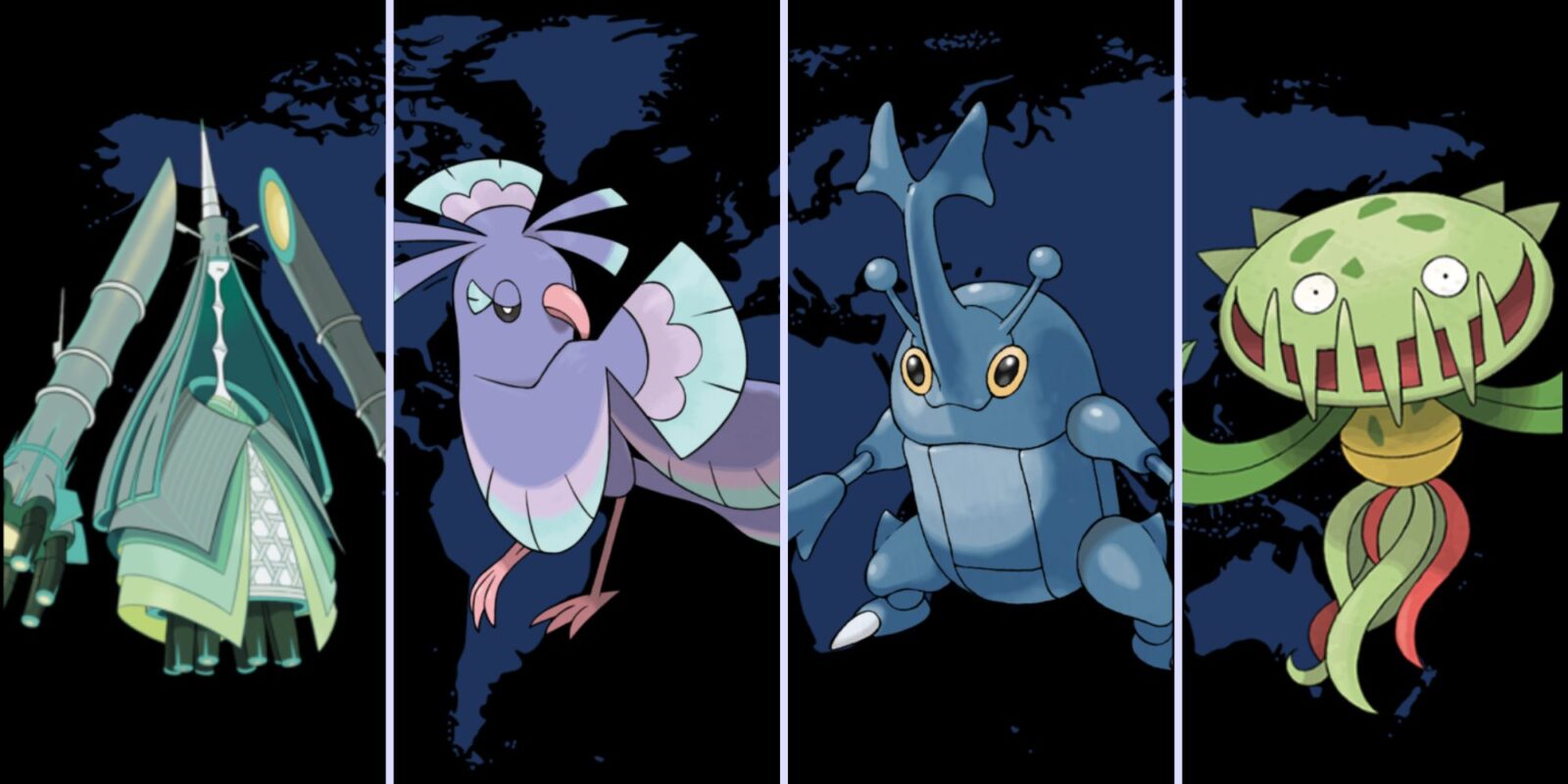


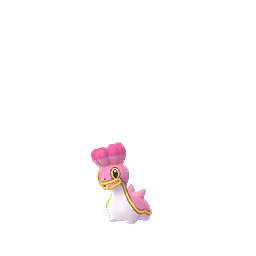





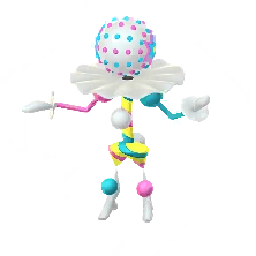





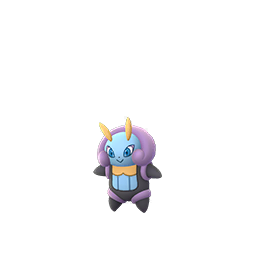
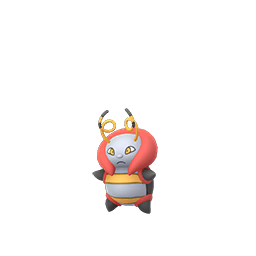
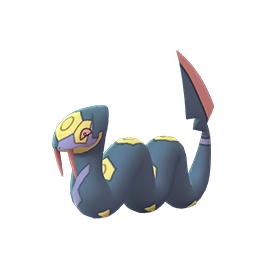



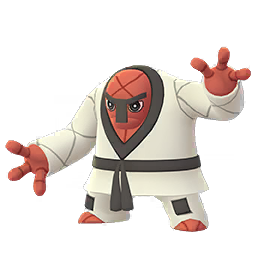
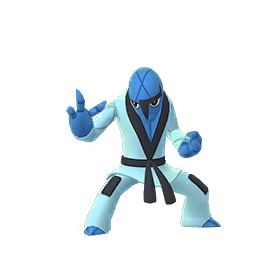

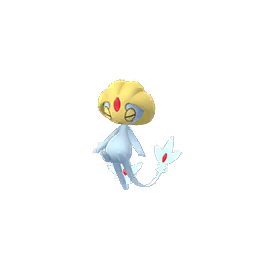



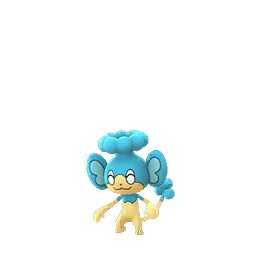
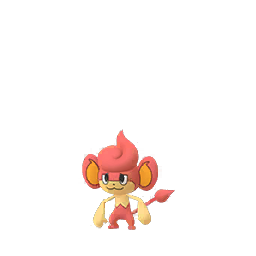
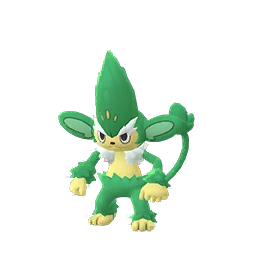
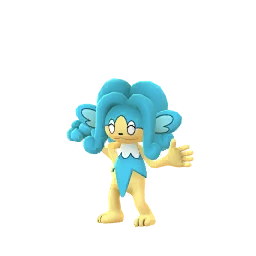
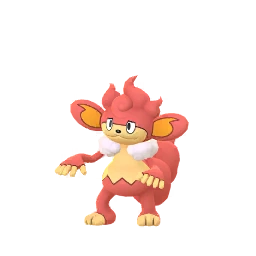

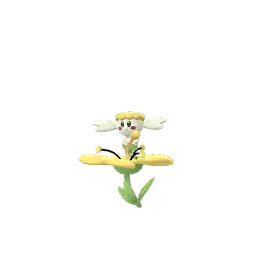
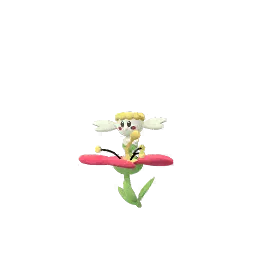
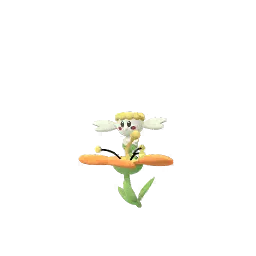
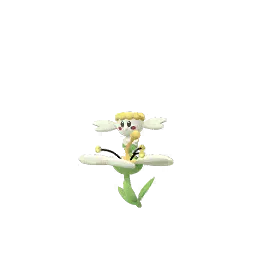





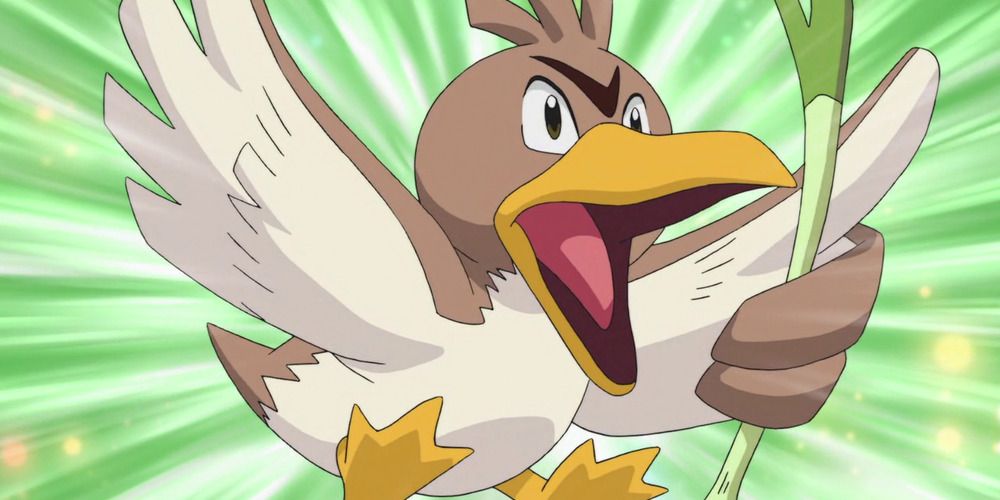




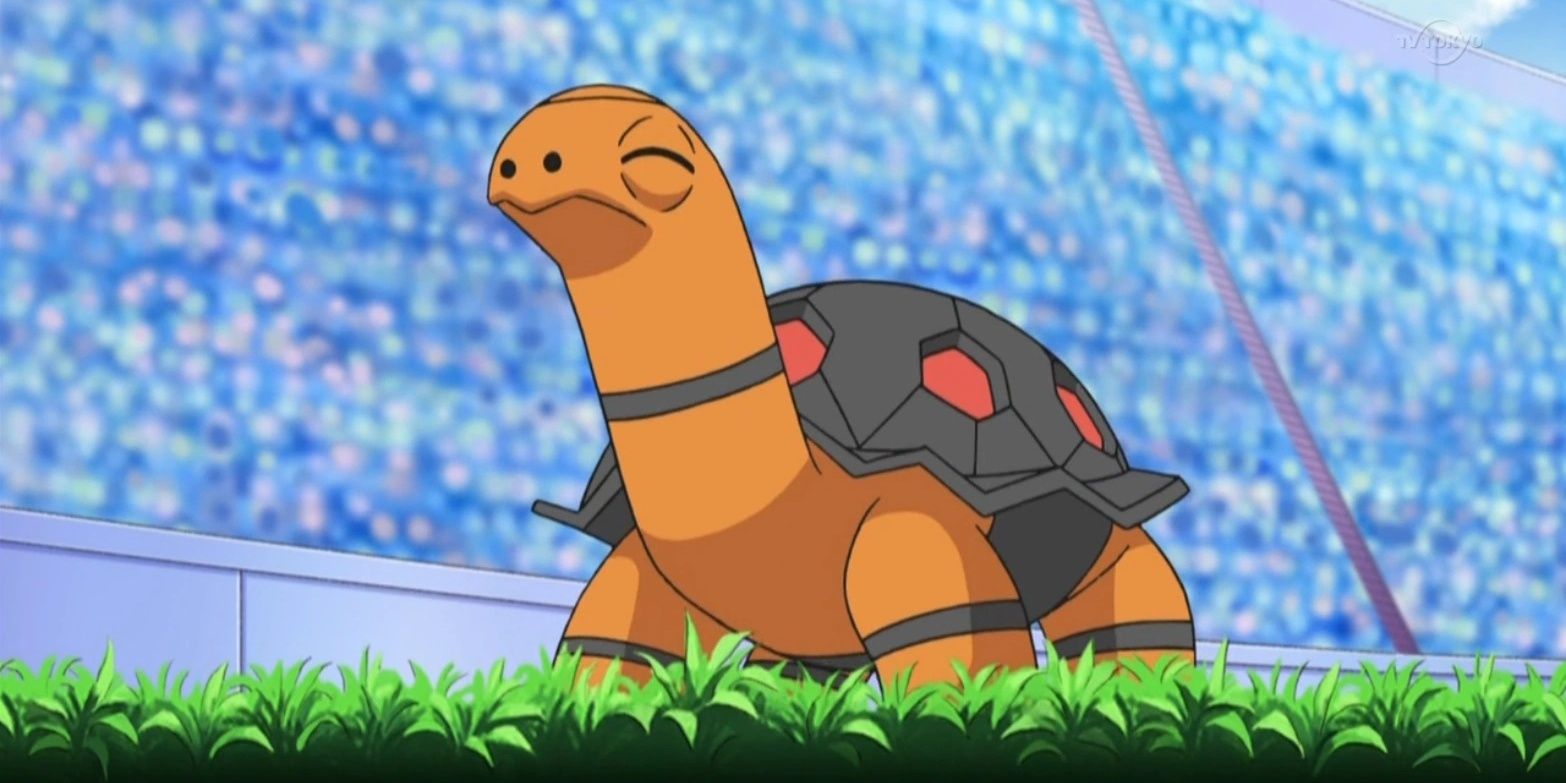

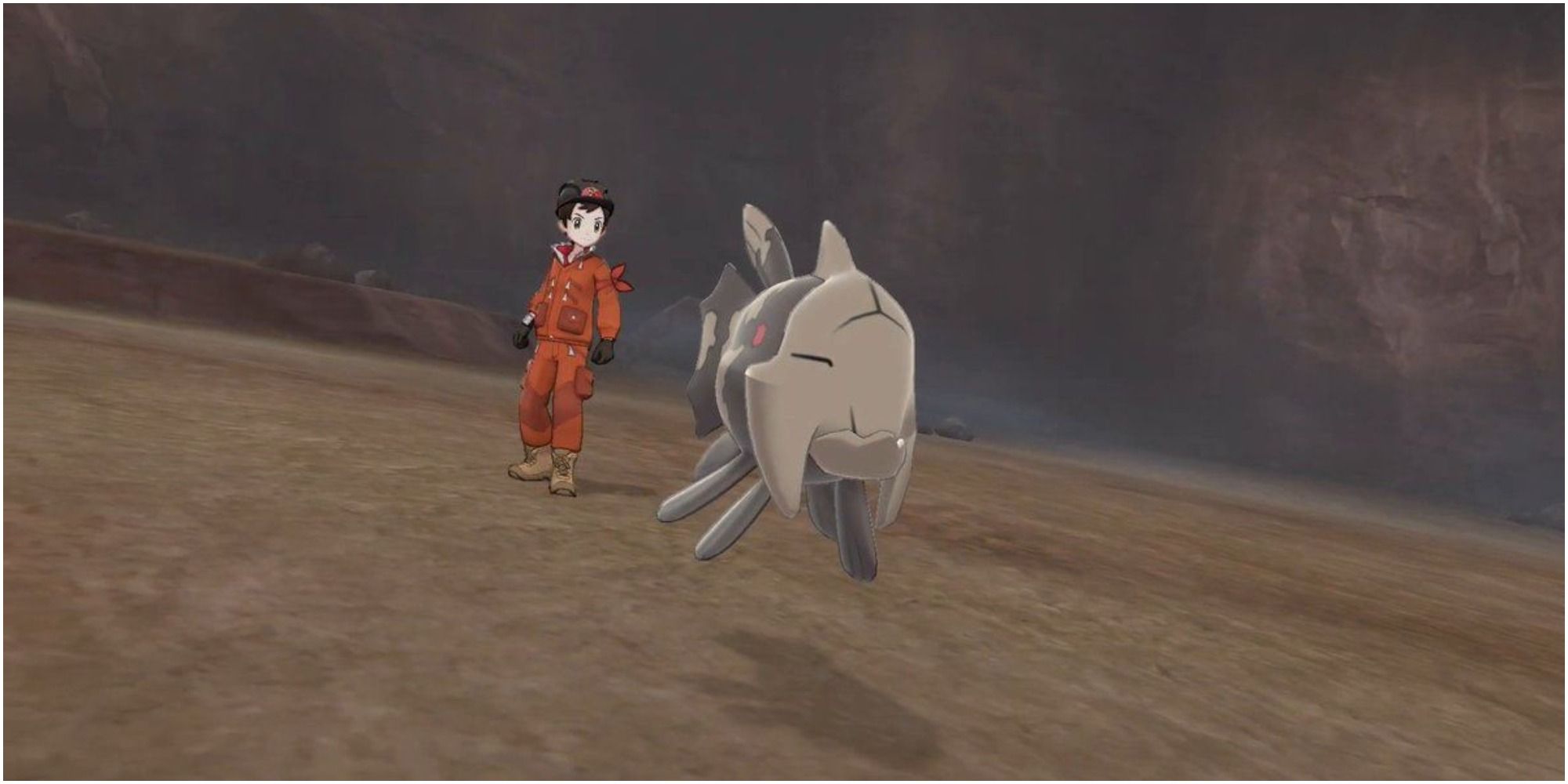
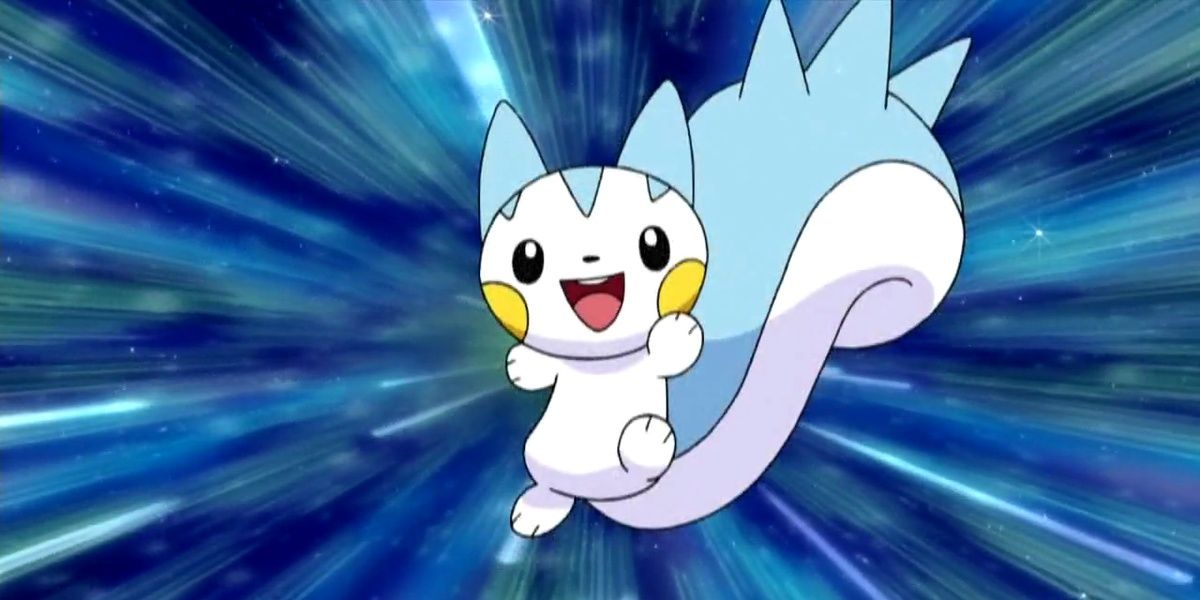
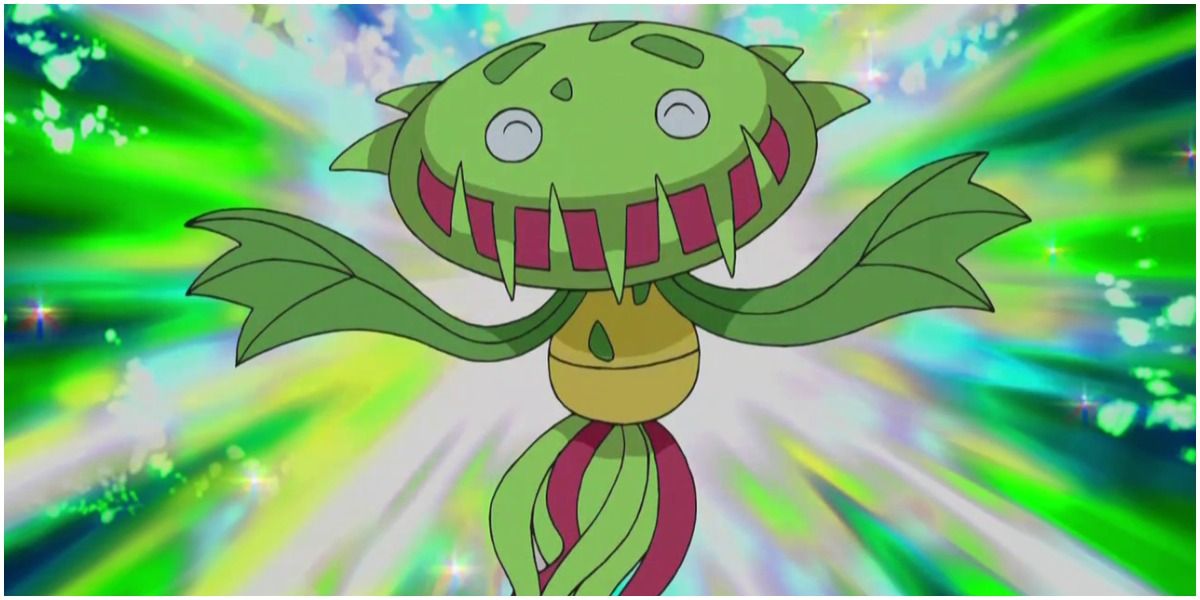




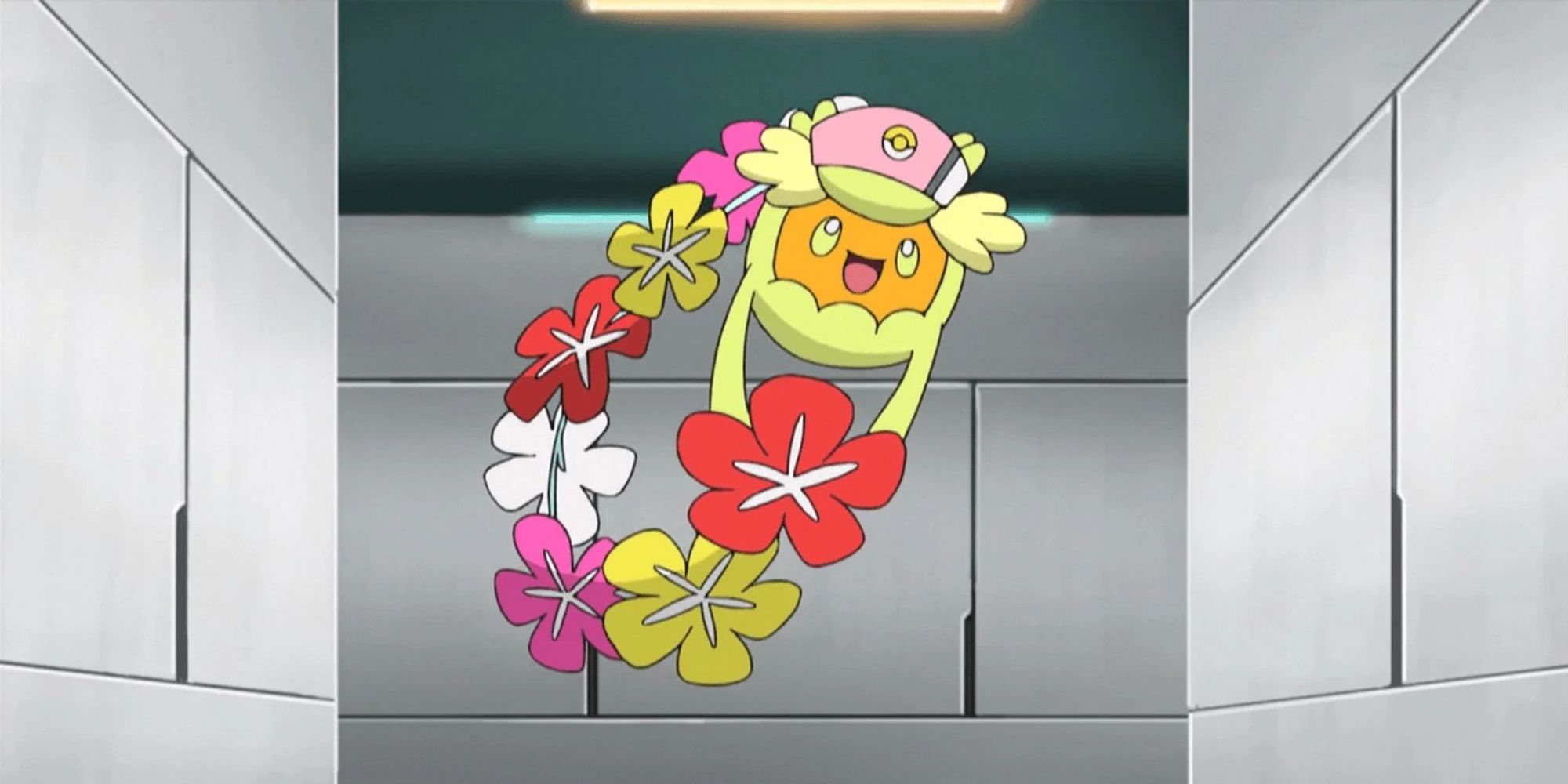
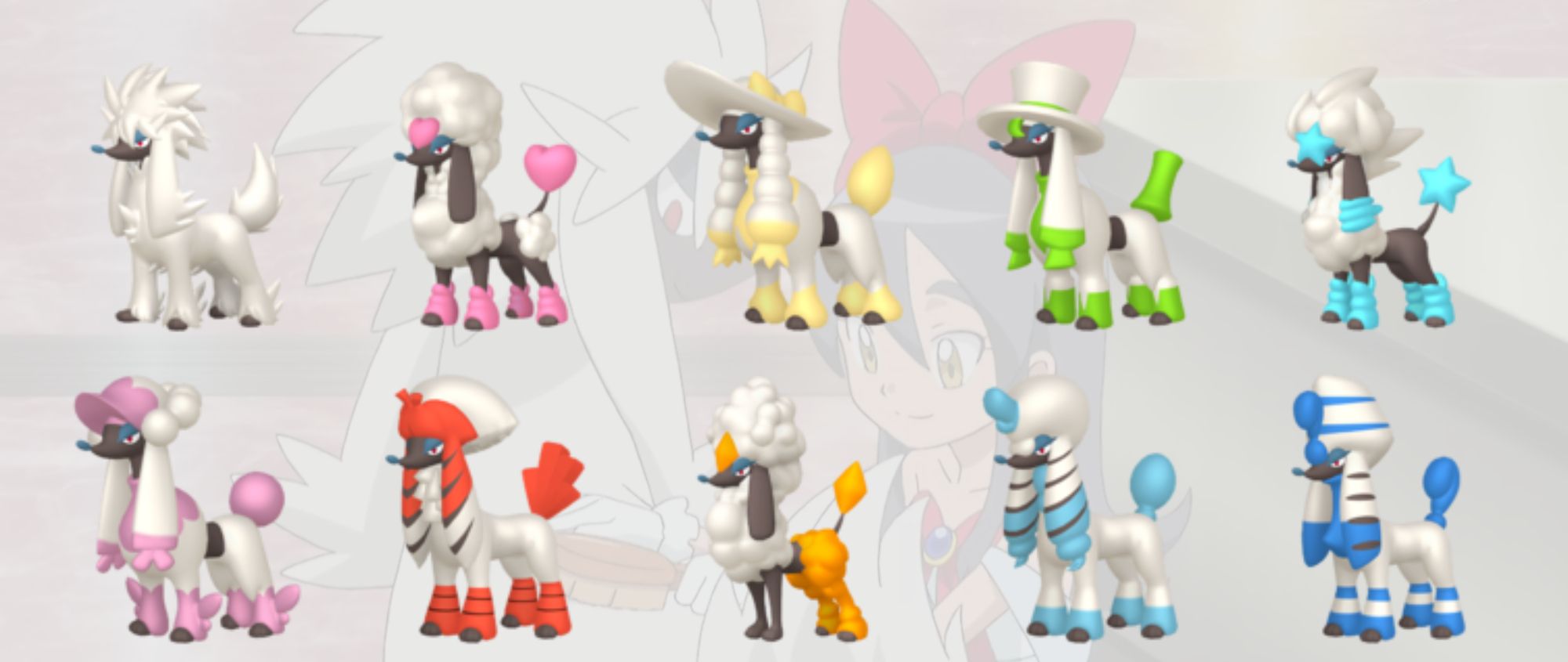



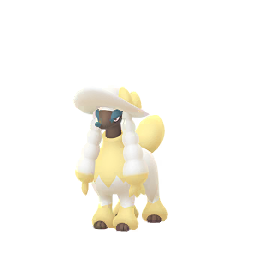

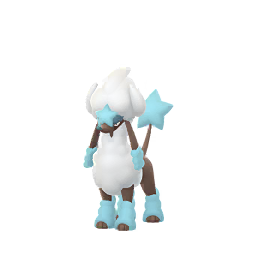







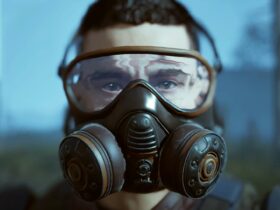



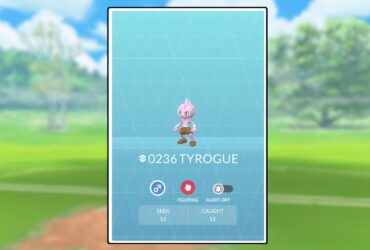


Leave a Reply